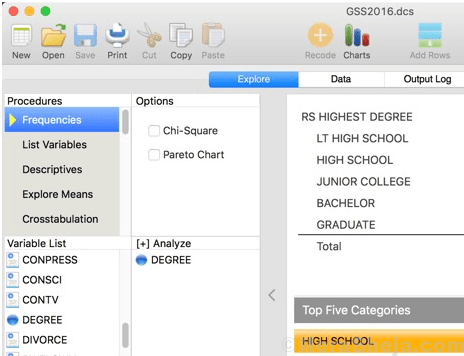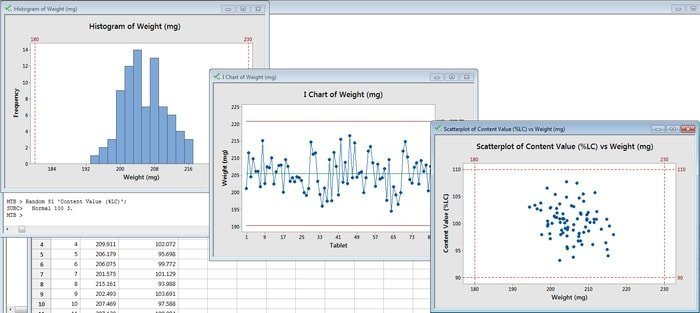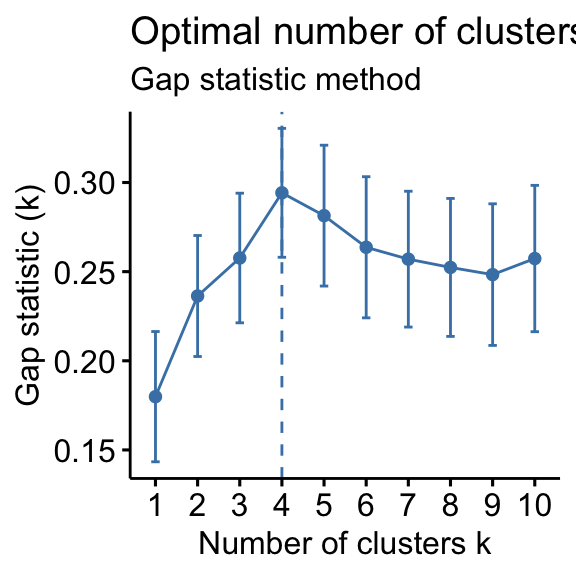
Does the object belong to any cluster? If not, then it is identified as an outlier.Clustering-based approaches detect outliers by extracting the relationship between Objects and Cluster. Cluster-Based Approaches for detecting Outliers:Ĭlustering-based outlier detection methods assume that the normal data objects belong to large and dense clusters, whereas outliers belong to small or sparse clusters, or do not belong to any clusters. The main advantage of this method is the processing time which is much faster and independent of the number of objects. All the operations are performed on the grid structure only.

Here we quantize the object into a finite grid number of cells forming a grid structure. They can be extended from full space to sub-space clustering. They mainly consider exclusive clusters only not the fizzy clusters.

The general idea of the density-based method is to continue growing a given cluster as long as the density exceeds some threshold. This method is a density-based approach for finding arbitrarily shaped clusters. They are divided into cohesion method and division method. They can be based on distance or density and continuity. Determining the Number of Clusters in Data MiningĬreates hierarchical decomposition of the specified data record of the data object.Data Mining for Retail and Telecommunication Industries.Classification-Based Approaches in Data Mining.Privacy, security and social impacts of Data Mining.Data Mining For Intrusion Detection and Prevention.Advantages and Disadvantages of ANN in Data Mining.Difference between Data Profiling and Data Mining.Data warehouse development life cycle model.Data Cube or OLAP approach in Data Mining.Difference Between Classification and Prediction methods in Data Mining.ISRO CS Syllabus for Scientist/Engineer Exam.ISRO CS Original Papers and Official Keys.




 0 kommentar(er)
0 kommentar(er)
